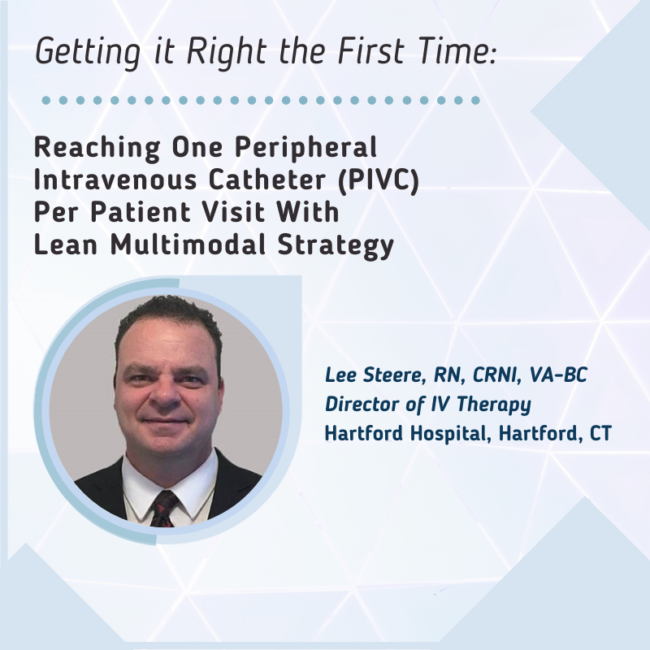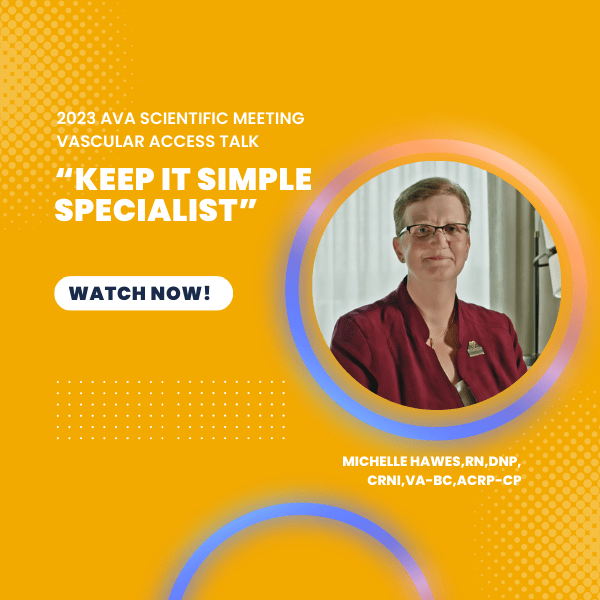2020: Year in Review
As a tumultuous 2020 ends, we would like to thank you for being part of the Eloquest Healthcare Blog! We hope you have found our posts both informative and impactful to your professional career. We kicked off the year with an often overlooked topic – burnout in the Nursing profession. Remaining true as we close…










